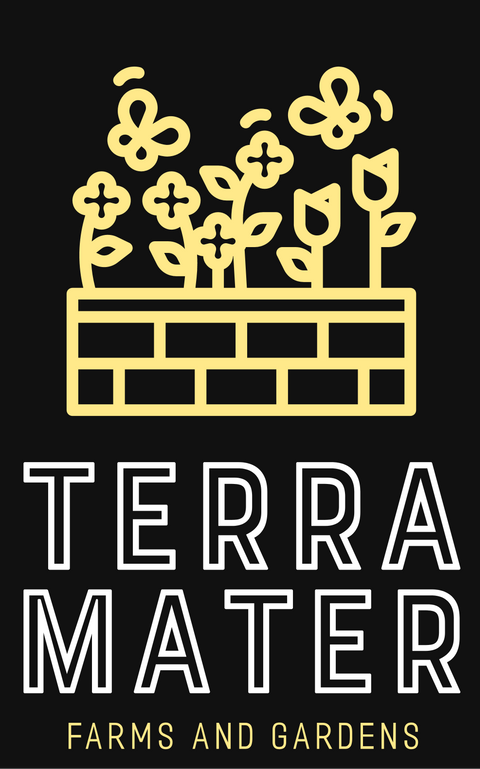Wood Runner Springtail (Entomobrya sp.) Forest-dwelling springtail ideal for wooded vivariums. Great for breaking down detritus.
Forest-dwelling springtail ideal for wooded vivariums. Great for breaking down detritus.
Looking to recreate the layered decay of a real forest floor? The Wood Runner Springtail brings that ecosystem to life.
Belonging to the Entomobrya genus, this species hails from the damp understory of temperate hardwood forests across North America. It’s a nimble, bark-loving springtail that thrives in high-organic substrates, especially those rich in decomposing leaf litter, rotting wood, and fungal growth. With its elongated form and quick, darting movement, the Wood Runner is right at home in bioactive woodland-style vivariums, where it specializes in processing detritus that slower springtail species tend to ignore.
Whether you're keeping frogs, inverts, or deep-layer plant systems, this is the species you want in the middle and upper substrate layers doing the daily work of cleanup.
Why Choose the Wood Runner?
-
Designed for forest setups with bark, wood, and leaf litter, where other springtails stall
-
Highly mobile, making it effective for vivarium pests control and territory-wide cleanup
-
Prefers natural detritus: wood fibers, decaying leaves, and fungal strands
-
Excellent addition to isopod and millipede colonies as a bioactive cleanup crew partner
-
Blends speed with stealth, active but not disruptive to sensitive inhabitants
🍂 Best for keepers mimicking forest succession layers in naturalistic enclosures.
How to Introduce Them
Add directly onto moist wood pieces, leaf litter piles, or decomposing cork in your terrarium. For best results, introduce into already-cycled tanks with mature microbial activity. They will settle into crevices, underneath bark, and in zones with active decay, ideal microhabitats for their feeding and reproduction.
Care and Feeding
Feed primarily on fine detritus, broken-down plant fibers, fungal hyphae, and biofilm. For added support in new or sterile setups, offer powdered nutritional yeast, crushed fish flakes, or a trace of soft-rotting wood chips. Keep the substrate consistently moist (75–90% RH), with breathable layers, they’re tolerant of moderate drying, but thrive with stable humidity and airflow.
🌳 Their movement helps stir upper layers of substrate, aerating and redistributing nutrients while they work.
What Sets Them Apart
Unlike more generalized springtails like Folsomia candida, Wood Runners show a strong preference for vertical structure, bark, wood, moss walls, and tend to populate all levels of the enclosure, not just the soil surface. Their behavior mimics that of wild detritivores found in temperate forests, making them ideal for naturalists and advanced keepers recreating biome-accurate systems.
They’re also excellent for tanks with more complex microhabitats, where you need springtails to move vertically through branches, logs, and mossy ledges, not just stick to the floor.
Best Use Cases
-
Wooded vivariums with bark, logs, and deep litter layers
-
Dart frog, gecko, or mantis enclosures with high vertical structure
-
High-detritus isopod bins or mixed-species microfauna cultures
-
Terrarium mold prevention in forest-themed setups
-
Seedling trays or mossy bonsai landscapes where soil surface is covered
🪵 Want to fill every inch of your vivarium with natural cleanup activity, not just the substrate? Wood Runners get the job done.
✨ Add Entomobrya Wood Runners to your setup and let them mimic the forest floor in motion, cleaning, cycling, and quietly elevating your entire ecosystem.

